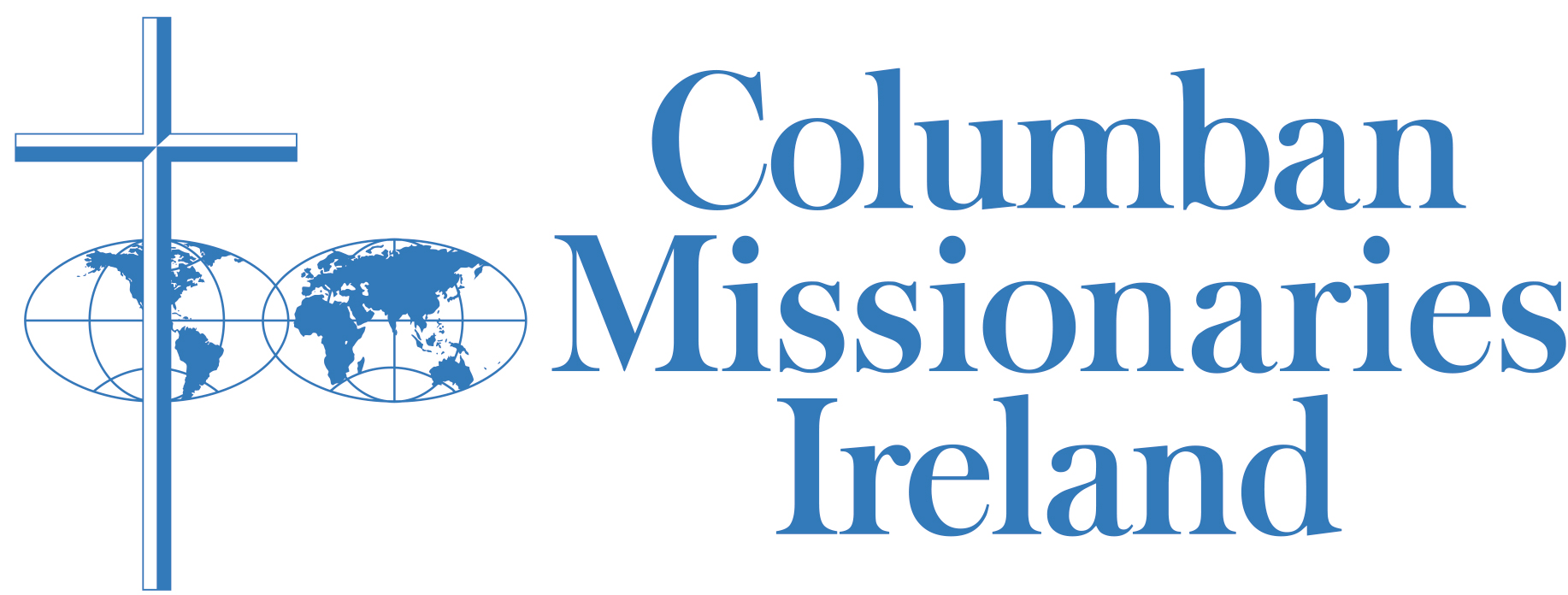
Guidance for the Taking and Using of Images of Children and Young People
The use of images plays an important role in online and print publications produced by the Columbans.
Children and young people have a right to participate in the social and cultural life of the society. Images of children and young people are one means of representing their participation. Therefore, the requirement to protect must be balanced with the right to participate.
The Right to Privacy:
Children and young people, as well as adults, have a right to privacy and therefore their consent should be sought in relation to the use of personal data, including images. In the case of children (up to 18 years of age) parental consent should be sought and information provided on how and for what purpose images will be used.
Child Safeguarding Context:
Adults who work with children and young people, whether in a paid or voluntary capacity, have a duty of care to ensure that children or young people are not exposed to harm, including exploitation, embarrassment or distress. It is also considered good practice in terms of child protection to ensure that measures are taken to safeguard children and young people from misuse of images and that personal information such as identity and location are not made publicly available without their knowledge or informed consent.
Is it Illegal to Take Photographs of Children?
No. There is no legal constraint on taking images of children or young people in public settings. However, photographs or images are defined as data and therefore come within the scope of the Data Protection Acts 1998/2003.
What is Considered Good Practice:
– Children, young people and their parents/carers should be informed in advance, if and when images will be taken, and their consent sought for image retention and use. This process is known as informed consent.
– Children, young people and parents should be informed as to how and where images will be used.
– Images should only be used for the purpose(s) agreed.
– Images should only be used in the intended context and should not be used out of context.
– In general, individual children should not be identified, avoid the use of the first name and surname of the individuals in the image. (This reduces the risk of inappropriate, unsolicited attention.)
– Only use images of children or young people in suitable dress; ensure that images do not contribute to or expose children to embarrassment or distress or upset.
– Do not use images of children or young people who are considered vulnerable or whose identity may require protection.
Spontaneous or Unplanned Images:
It is recognised that on occasions spontaneous or unplanned photographs will be taken without the awareness or prior consent of the individual(s) involved. Should this happen, the participant(s) should be informed of the purpose of the photograph as soon as it is taken and asked for their consent. If consent is refused, the image should not be published. Where consent is obtained it should be recorded on a consent form, dated and signed.
Publishing Images of Children on Websites:
The internet is a public, accessible and largely unregulated media. Photographs set in a particular context (eg social/family event) in an identified location reveal a substantial amount of information, through which children may be identified. For example, images accompanied by personal information –
[Name] is a member of [local school/group] and recently took part in [event] – could be used by an individual to learn more about a child or young person and used to form a relationship with them or engage in a process of ‘grooming’ them for abuse.
The Society of St Columbans will make decisions about the type of images that represent it and its activities appropriately and ensure that parents support their policy.
For further information see the Irish Internet Advisory Board www.iab.ie
Form downloadable here: Photograph Consent Form
